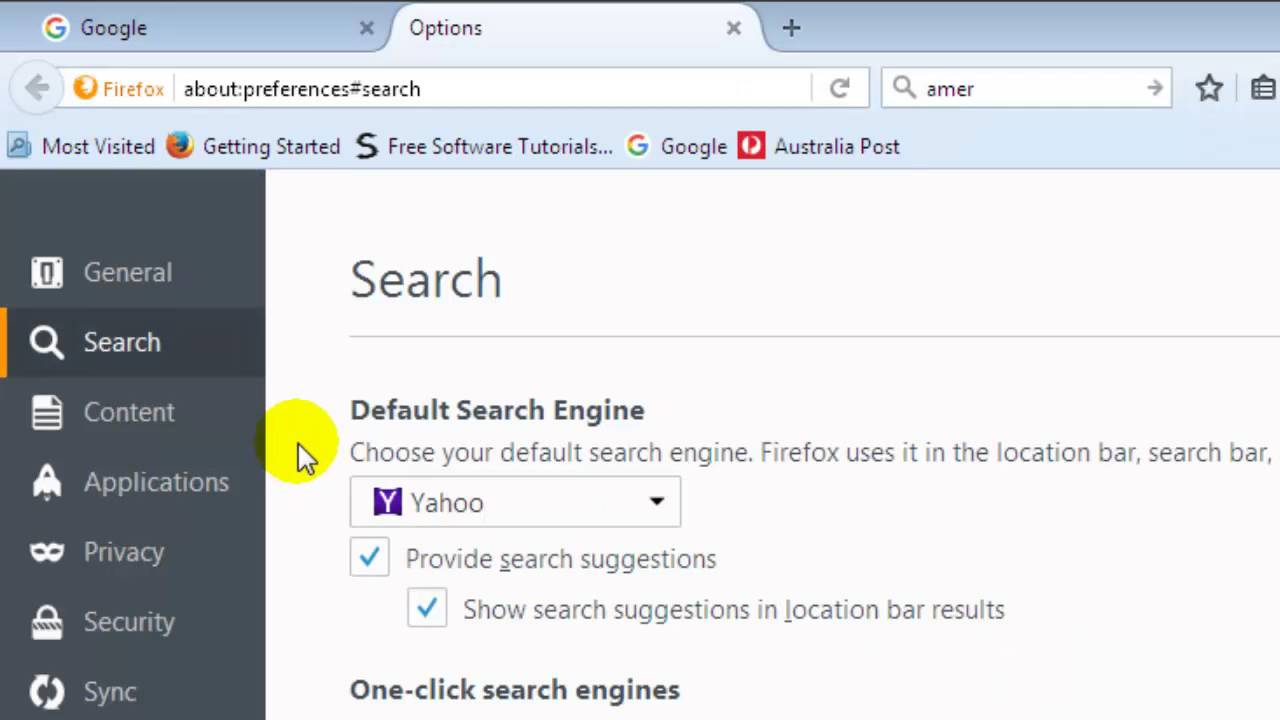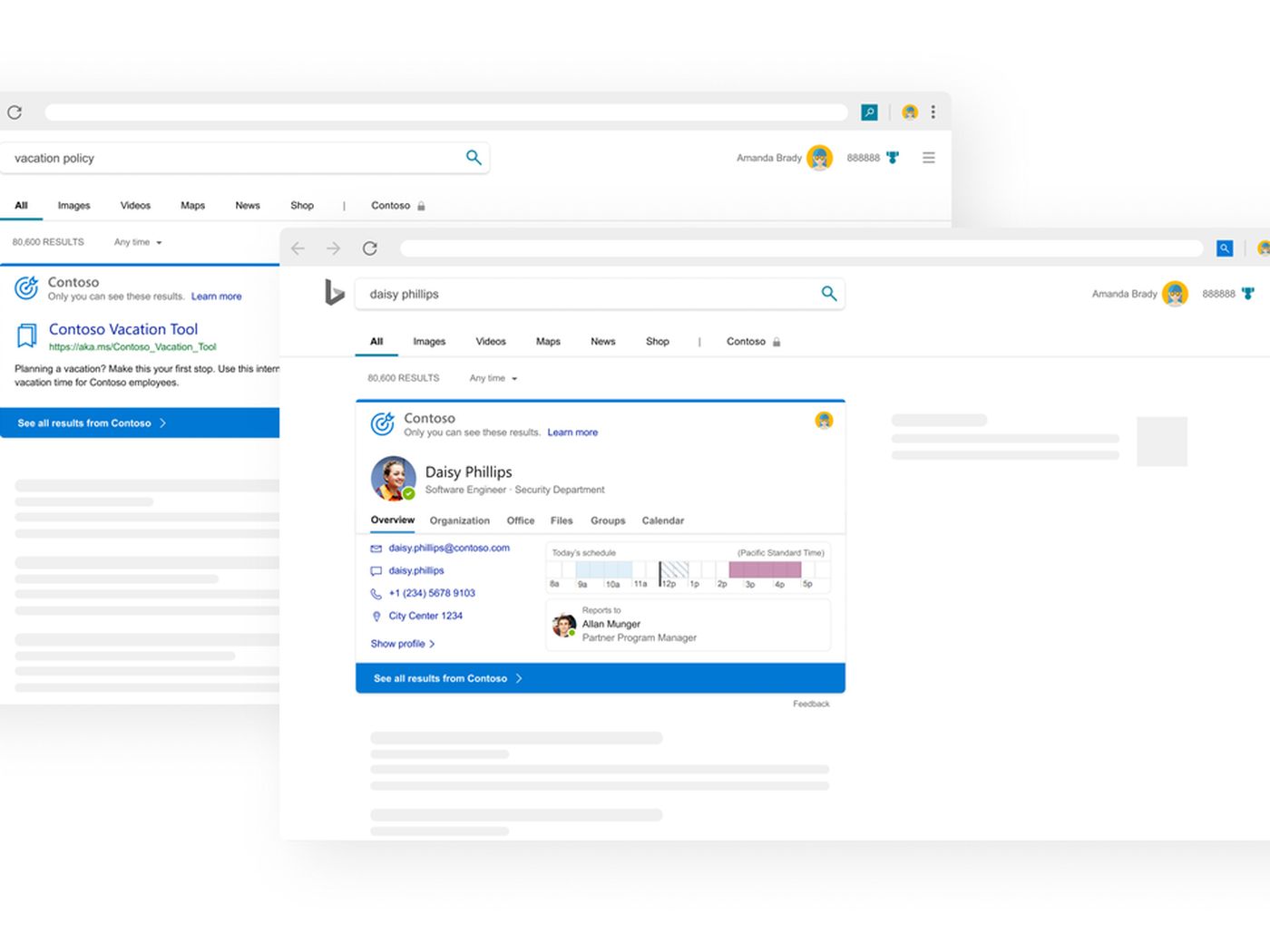Introduction
Have you ever opened your web browser, expecting to see your usual homepage, only to find that it has been mysteriously replaced by Yahoo? It can be quite a puzzling and frustrating experience. You might wonder, "Why is my browser going to Yahoo?" This unexpected change can disrupt your browsing routine and raise concerns about the security of your device.
In this article, we will delve into the various reasons why your browser may be redirecting to Yahoo without your consent. We'll explore potential causes such as default settings, malware or adware, browser hijacking, and search engine settings. By understanding these factors, you can take proactive steps to address the issue and regain control over your browsing experience.
So, if you've ever found yourself scratching your head and asking, "Why is my browser taking me to Yahoo?" – fear not. We're here to shed light on this perplexing situation and guide you through the steps to resolve it. Let's embark on this investigative journey to uncover the underlying reasons behind this unexpected browser behavior.
Browser Default Settings
When you launch your web browser, it typically opens to a specific homepage or new tab page. This default setting is predetermined by the browser or may have been customized by the user. However, if you find that your browser is consistently redirecting to Yahoo, it could be attributed to alterations in the default settings. Let's explore the potential reasons behind this unexpected change.
User-Initiated Changes
At times, users inadvertently modify their browser settings while exploring various features or installing new extensions. For instance, during the installation of certain software or browser extensions, users may overlook the option to change the default homepage to Yahoo. Additionally, some free software installations may include bundled programs that automatically set Yahoo as the default homepage without the user's explicit consent.
Browser Updates
Browser updates can also impact default settings. When you update your browser to a newer version, it may prompt a reset of certain settings, including the homepage. In some cases, the update process may default the homepage to Yahoo as part of the browser's new features or partnerships.
Unintentional Changes
Inadvertent changes to browser settings can occur when users interact with unfamiliar menus or options within the browser's settings. Accidental clicks or keystrokes may lead to unintended modifications, causing the browser to redirect to Yahoo upon startup.
Pre-Installed Software
Certain pre-installed software or browser add-ons may have the capability to alter default settings without the user's knowledge. These programs, often categorized as potentially unwanted applications (PUAs), can manipulate browser configurations, including the default homepage, to promote specific websites such as Yahoo.
How to Address Default Setting Changes
To address unexpected changes in default settings, users can take proactive measures. First, it's essential to review and modify the browser settings to restore the preferred homepage. Additionally, conducting a thorough check of installed software and browser extensions can help identify any unwanted programs that may have caused the default setting changes.
By understanding the potential impact of default setting modifications, users can navigate their browser settings with heightened awareness and promptly rectify any unauthorized changes. This proactive approach empowers users to maintain control over their browsing experience and mitigate the likelihood of encountering persistent redirects to Yahoo or other unintended websites.
Malware or Adware
The presence of malware or adware on a device can significantly impact the behavior of web browsers, potentially leading to unwanted redirections to Yahoo or other unfamiliar websites. Malicious software, including malware and adware, can infiltrate a user's system through various means, such as deceptive downloads, compromised websites, or email attachments. Once installed, these intrusive programs can exert control over the browser's settings and functionality, causing disruptive changes without the user's consent.
Signs of Malware or Adware Infection
Users may notice several telltale signs indicating the presence of malware or adware on their devices. These signs can include:
-
Unwanted Browser Redirects: Persistent redirection to Yahoo or other unfamiliar websites, especially when attempting to access legitimate web pages, can indicate the presence of malicious software.
-
Unexplained Pop-Up Ads: The sudden appearance of intrusive pop-up ads, even when the browser is not in use, may signal an adware infection.
-
Sluggish System Performance: Malware and adware can consume system resources, leading to decreased performance and slower response times.
-
Unexplained Changes in Browser Settings: Unauthorized alterations to the browser's homepage, search engine, or default settings can be indicative of a malware or adware infection.
Impact on Browser Behavior
Malware and adware can manipulate browser settings to promote specific websites, such as Yahoo, for malicious purposes. These intrusive programs may override the user's preferred homepage and redirect the browser to Yahoo or other sponsored pages, disrupting the normal browsing experience. Additionally, adware may generate excessive pop-up ads or inject unwanted content into web pages, further compromising the user's online activities.
Mitigating Malware and Adware Effects
To mitigate the effects of malware and adware, users should prioritize proactive measures to safeguard their devices. Implementing robust antivirus and antimalware software can help detect and remove malicious programs, restoring the browser to its intended functionality. Regular system scans and software updates are essential for maintaining a secure computing environment and preventing the infiltration of unwanted software.
Furthermore, exercising caution when downloading software or clicking on unfamiliar links can reduce the risk of inadvertently installing malware or adware. Users should also refrain from interacting with suspicious pop-up ads and promptly report any unusual browser behavior to ensure timely intervention.
By remaining vigilant and employing effective security measures, users can fortify their devices against the detrimental impact of malware and adware, preserving the integrity of their browsing experience and minimizing the likelihood of persistent redirects to Yahoo or other unauthorized websites.
Browser Hijacking
Browser hijacking refers to the unauthorized manipulation of a web browser's settings and behavior by malicious entities, leading to the redirection of users to unfamiliar or potentially harmful websites. This nefarious practice can significantly disrupt the browsing experience and compromise the security of the affected device. Understanding the mechanisms and implications of browser hijacking is crucial for users seeking to safeguard their online activities and regain control over their browsers.
Methods of Browser Hijacking
Browser hijacking can occur through various methods, often initiated by malicious software or deceptive online tactics. One prevalent approach involves the installation of browser hijacker applications, which may masquerade as legitimate browser extensions or software updates. Once installed, these hijackers exert control over the browser's settings, altering the default homepage, search engine, and new tab page to redirect users to specified websites, including Yahoo and other sponsored platforms.
Additionally, browser hijacking can be facilitated through deceptive online practices, such as clickjacking and phishing. Clickjacking techniques manipulate user interface elements to trick individuals into clicking on concealed buttons or links, leading to unintended browser redirections. Similarly, phishing attacks may lure users into divulging sensitive information, subsequently leading to unauthorized changes in browser settings and persistent redirects to fraudulent websites.
Impact on User Experience
The consequences of browser hijacking extend beyond mere inconvenience, posing significant risks to users' privacy and security. By redirecting users to untrusted websites, browser hijackers may expose individuals to fraudulent schemes, phishing attempts, or malicious content, potentially compromising sensitive data and financial information. Moreover, the persistent redirections can disrupt the user's browsing routine, impeding access to legitimate websites and undermining the overall browsing experience.
Mitigating Browser Hijacking
To mitigate the risks associated with browser hijacking, users should adopt proactive measures to fortify their browsers and devices against unauthorized manipulation. Implementing reputable antivirus and antimalware software can help detect and remove browser hijackers, restoring the browser's settings to their intended state. Regular system scans and software updates are essential for identifying and addressing potential vulnerabilities that could be exploited by hijacking attempts.
Furthermore, exercising caution when installing browser extensions or software updates is crucial for preventing the inadvertent installation of browser hijackers. Users should verify the authenticity of all downloads and refrain from engaging with suspicious pop-ups or unsolicited links to mitigate the risk of falling victim to browser hijacking tactics.
By remaining vigilant and implementing robust security measures, users can defend against the detrimental impact of browser hijacking, preserving the integrity of their browsing experience and mitigating the likelihood of persistent redirects to unauthorized websites.
Search Engine Settings
The configuration of search engine settings within a web browser plays a pivotal role in determining the default search engine used for web queries and address bar searches. However, users may encounter instances where their browser consistently directs them to Yahoo for search results, despite their preference for an alternative search engine. This perplexing behavior can stem from various factors related to search engine settings, prompting users to delve into the underlying causes and potential solutions.
Default Search Engine Override
One common reason for browsers redirecting to Yahoo for search queries is the override of the default search engine settings. Certain browser extensions, software installations, or potentially unwanted applications (PUAs) may clandestinely modify the default search engine to favor Yahoo, thereby influencing the search results presented to the user. This unauthorized alteration can disrupt the user's accustomed search engine preferences and lead to persistent redirections to Yahoo's search platform.
Browser Extension Interference
The presence of browser extensions, particularly those with search-related functionalities, can impact the search engine settings within the browser. Some extensions may exert control over the default search engine, compelling the browser to utilize Yahoo for all search queries. Additionally, certain extensions may integrate Yahoo's search capabilities, inadvertently causing the browser to prioritize Yahoo's search engine over the user's preferred choice.
Search Engine Preference Management
Users may inadvertently modify their search engine settings while interacting with browser menus or extension configurations. Accidental changes to the default search engine preference can result in the browser consistently redirecting to Yahoo for search queries. Furthermore, the installation of unfamiliar software or browser add-ons may prompt alterations to the search engine settings, leading to unexpected shifts in search engine behavior.
Addressing Search Engine Setting Anomalies
To address unexpected redirections to Yahoo due to search engine setting anomalies, users can take proactive measures to regain control over their preferred search engine. Reviewing and modifying the browser's search engine settings to reinstate the desired search provider is essential for restoring the intended search experience. Additionally, conducting a comprehensive audit of installed browser extensions and software can help identify and remove any intrusive programs that may have influenced the search engine settings.
By understanding the potential impact of search engine setting anomalies, users can navigate their browser configurations with heightened awareness and promptly rectify any unauthorized changes. This proactive approach empowers users to maintain control over their search engine preferences and mitigate the likelihood of persistent redirections to Yahoo's search platform.
Conclusion
In conclusion, the unexpected redirection of web browsers to Yahoo can stem from a variety of underlying factors, including default setting modifications, the presence of malware or adware, browser hijacking, and anomalies in search engine settings. Understanding these potential causes is essential for users seeking to regain control over their browsing experience and mitigate the disruptive impact of persistent redirects to Yahoo.
By delving into the intricacies of default settings, users can proactively address unintended modifications and restore their preferred homepage and browsing environment. Vigilance during software installations and regular review of browser settings can help prevent unauthorized alterations, empowering users to maintain control over their browsing experience.
The presence of malware or adware poses significant risks to users' devices and browsing activities, potentially leading to unwanted browser behavior, including persistent redirections to Yahoo. Implementing robust security measures, such as reputable antivirus software and cautious online behavior, is crucial for mitigating the impact of malicious programs and safeguarding the integrity of the browsing experience.
Browser hijacking tactics can disrupt the normal functioning of web browsers, leading to unauthorized changes in settings and persistent redirections to unfamiliar websites. By remaining vigilant and adopting proactive security measures, users can fortify their browsers against hijacking attempts, preserving the integrity of their browsing activities and minimizing the risk of falling victim to deceptive online practices.
Anomalies in search engine settings can influence the default search engine used for web queries, potentially leading to consistent redirections to Yahoo. By actively managing search engine preferences and conducting thorough audits of browser extensions and software, users can regain control over their preferred search engine, mitigating the impact of unexpected redirections and preserving their accustomed search experience.
In essence, by understanding the potential causes of browser redirections to Yahoo and implementing proactive measures to address these factors, users can reclaim control over their browsing experience and mitigate the disruptive impact of unexpected browser behavior. Through vigilance, awareness, and effective security practices, users can navigate the digital landscape with confidence, ensuring a secure and seamless browsing experience aligned with their preferences and expectations.

























